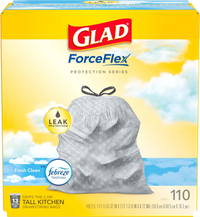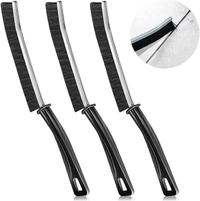5 pests that come up through your drains and expert tips on how to prevent them
Watch out for these bugs that come up through drains
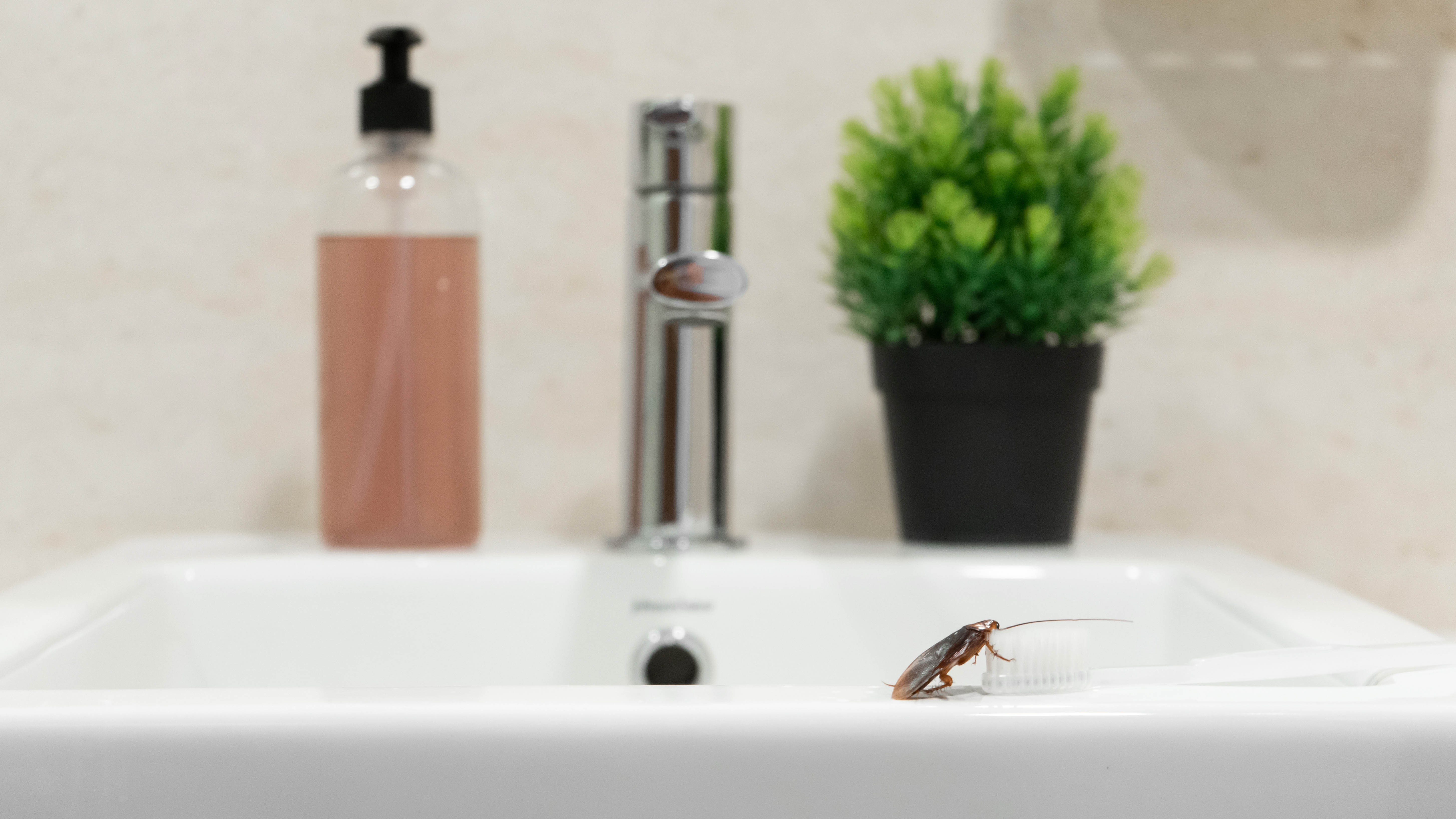
If you’ve noticed bugs appearing in your bathroom or kitchen, it can be unnerving if you can’t identify what they are or where they came from. However, pest experts warn of certain bugs that can breed or hide in household drain pipes, that are capable of coming up through your drains.
If that wasn’t bad enough, there are some pests that can swim upwards, coming through tight spaces such as toilet drains — directly into our bathrooms. With that in mind, it’s always important to take preventative measures, to ensure your home is well protected and safe from an unpleasant, bug infestation.
Luckily, we’ve called on the pest control experts to give us their top tips on the bugs that come through your drains, and how to stop them.
1. Drain flies
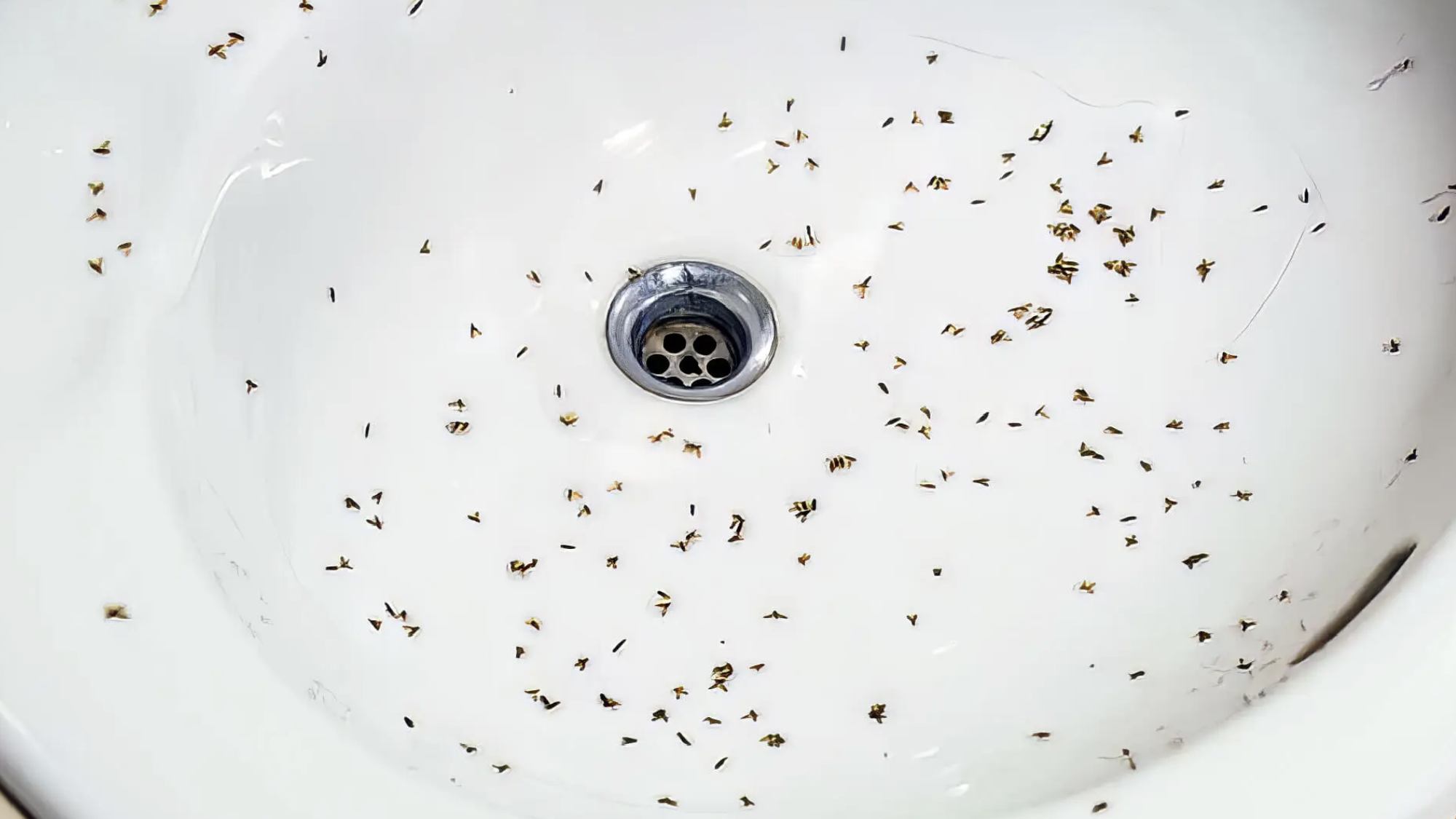
There’s nothing worse than seeing these tiny, winged flies hovering over your drains, but drain flies are a common household pest. "The most popular insect that will come out through drains will be drain flies,” says Jerry Wang, Owner of DIYPestWarehouse. “Some other common names the drain flies go by are: drain moths, filter flies, sewage flies. These insects don't come up as often but it is still possible.
Typically, drain flies live in areas with drains or pipes, and on decaying organic matter, like algae, bacteria, and fungi. “The majority of the problems people face will be drain flies that come out from the drain pipe. This is caused by bacteria that are stuck on the bottom of the drain pipe where the water flushes out. Because of the shape of the pipe that looks like an "U", the food debris will often get stuck on the bottom of the U shape pipe. The water flow isn't powerful enough to flush out the debris that's caught on the bottom which will cause bacteria build up which allows for the drain flies to form.”
Luckily, there are easy methods of knowing how to get rid of drain flies, from cleaning and maintaining the drains thoroughly to setting traps.
“Most of the time, putting a drain cover / drain stopper over the drain will prevent the insects from coming out. Best practice is to keep the pipes free of food debris by cleaning it regularly and using a high power flush at least once every two months."
Sign up to get the BEST of Tom's Guide direct to your inbox.
Get instant access to breaking news, the hottest reviews, great deals and helpful tips.
2. Filth flies
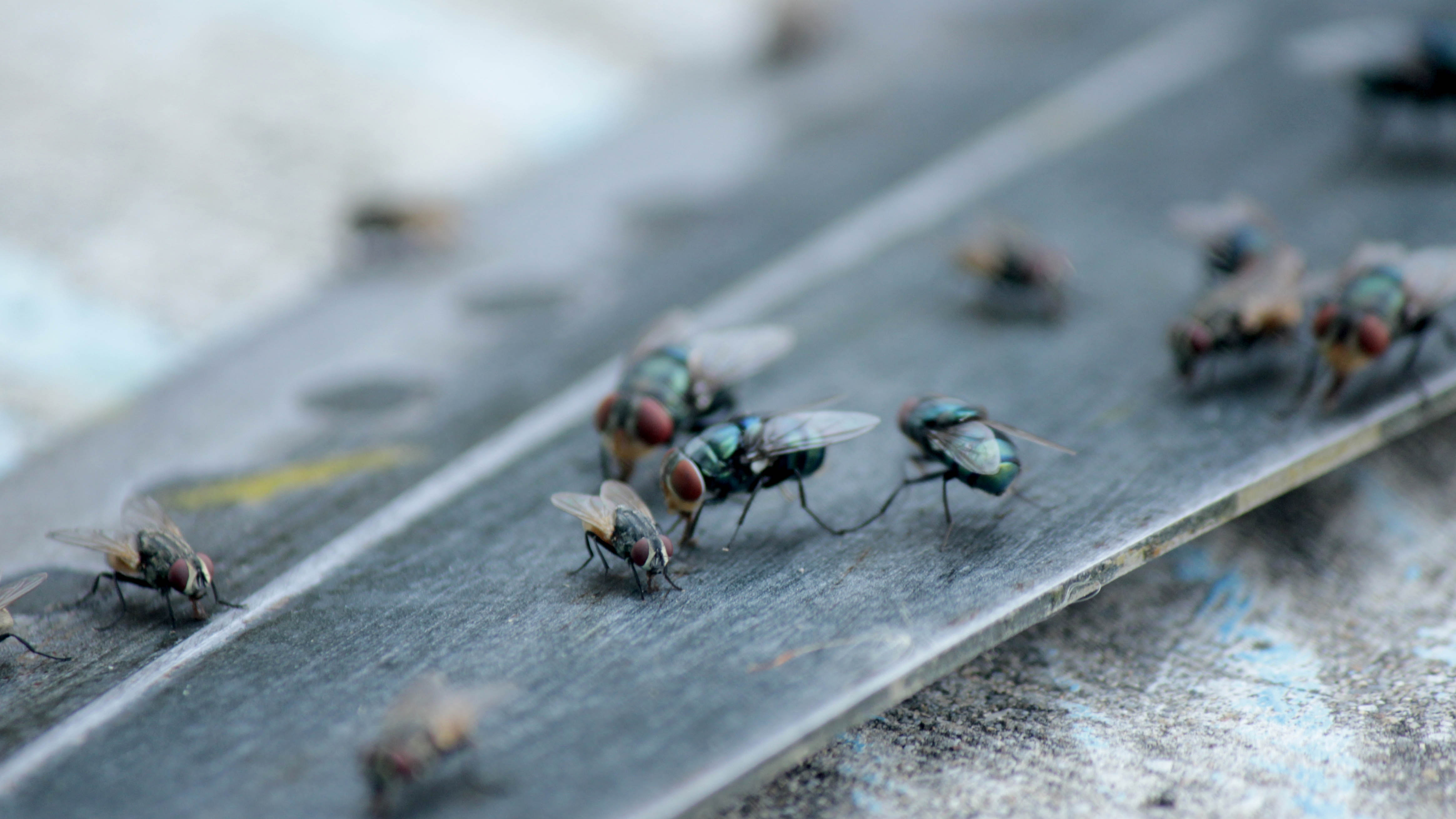
Filth flies are relatively small, soft-bodied insects with large eyes — with the two common types being house flies and bottle flies. As the name suggests, such pests originate from filth that’s inside your drain or sewage systems. And while these won’t necessarily come up through drains, this is a perfect breeding ground for their larvae.
“The primary culprits are filth flies and their larvae,” states Tom Olschewske, pest control expert and Region Technical Training Manager at Arrow Exterminators. “This doesn't mean you are filthy; it means your drain or sewage system is. Filth flies originate from filth, and it's easy to associate them with garbage cans. Unfortunately, a lot of garbage goes down your drain. While your drain is designed to handle filth, the amount and duration of the filth can affect your drain or sewage system's ability to manage the load. If you eliminate the filth, you eliminate the flies.”
There are a few things you can do to eliminate this risk. First, it’s advised to switch off your garbage disposal before turning off the water. Also, if you have a slow shower or sink drain, this might indicate a blockage, which causes a buildup of food gunk or other organic waste. You’ll need to know how to unclog a drain to prevent flies or other bugs.
“Slow shower drains tend to collect organic matter, which attracts filth flies,” adds Olschewske. “They are drawn to the smell and will breed in it. Their role is to break down organic matter, and they are very effective at it. There are various tools available for clearing shower drains, but I prefer the barbed, flexible stick that effectively removes hair clogs.
Slow bathroom sink drains can be remedied using the same approach as for shower drains. However, slow kitchen drains present a different issue, often due to food disposal. This causes buildup in the 'gooseneck' of the pipes just below the sink. A foaming cleaner can work wonders. If you can't find a foaming cleaner, try using three tablespoons of baking soda followed by lemon juice or vinegar; this will cause foaming, and you'll see debris floating up with the bubbles.
Do this at night before bed and rinse the sink in the morning. The frequency of this treatment depends on the amount of buildup in the gooseneck. Alternatively, you can disassemble the gooseneck, clean it out, and reassemble it.”
Of course, if none of these solutions work, you may have a bigger problem with your drain lines or serious plumbing issues. It’s always best to call in a professional to carry out the necessary checks and solutions.
Glad ForceFlex Tall Kitchen Drawstring Garbage Bags: was $23 now $14 @ Amazon
That's right, you can save on trash bags on Prime Day. This 36% discount on a 110 pack of 13-gallon bags is ideal for most kitchens.
3. Cockroaches
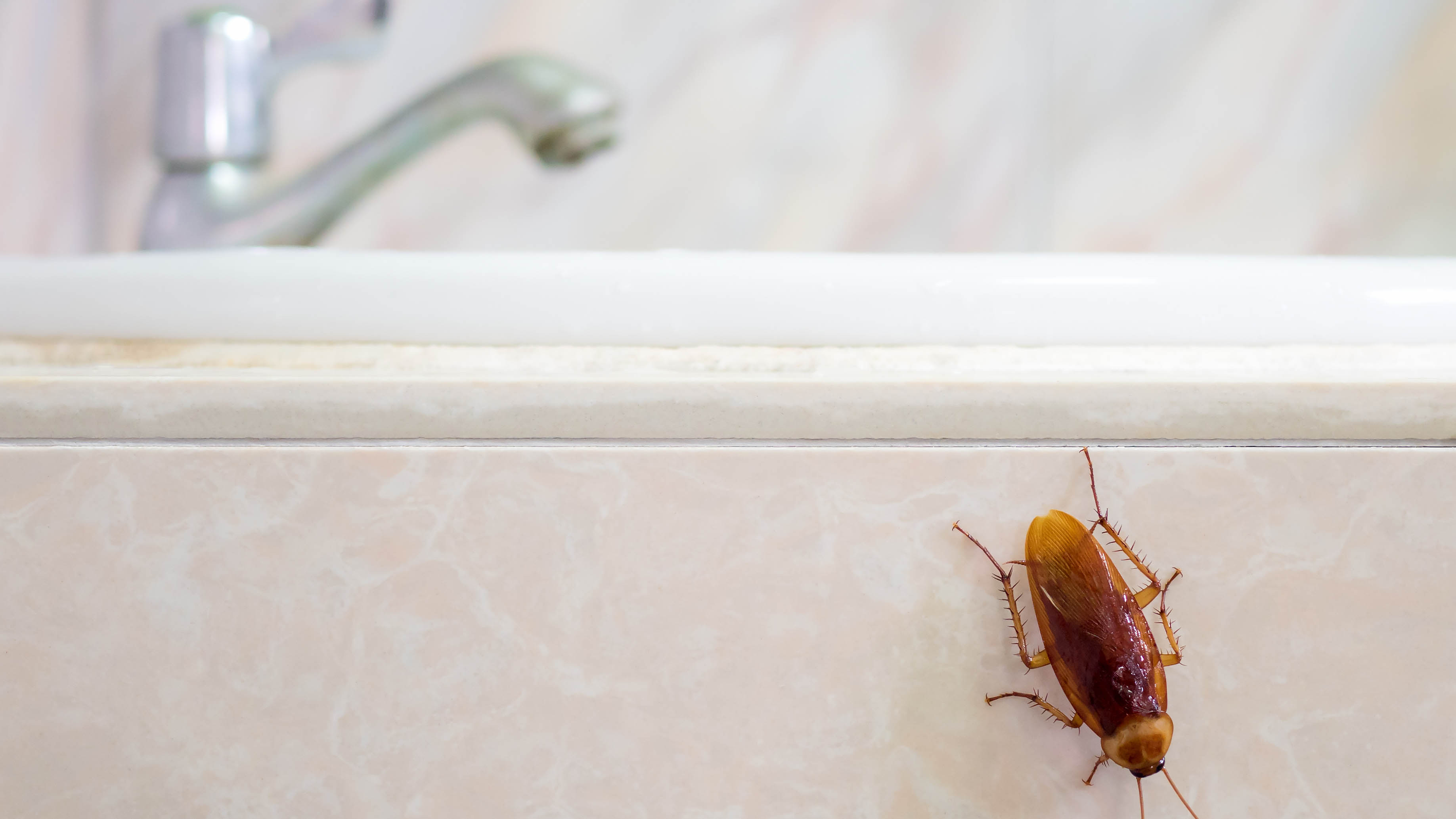
Cockroaches are unwelcome pests in any home, and some species often thrive in bathrooms and kitchens. In fact, these offer the things that attract roaches to your home — food and water sources.
Drains can also serve as entry points for these cockroaches to seek warm and humid environments. Since they need regular access to water, it’s always good to inspect your drains for any leaks. If you do spot a leaking faucet, you can learn how to fix a leaky bathtub faucet, or you could also invest in one of the best water leak detectors to check the quality of your pipes and find any alternative leaks.
In addition, you can also learn how to get rid of roaches with natural methods such as citrus, essential oils or boric acid. Not only do these pests spread disease, but can quickly multiply if not dealt with promptly.
4. Silverfish
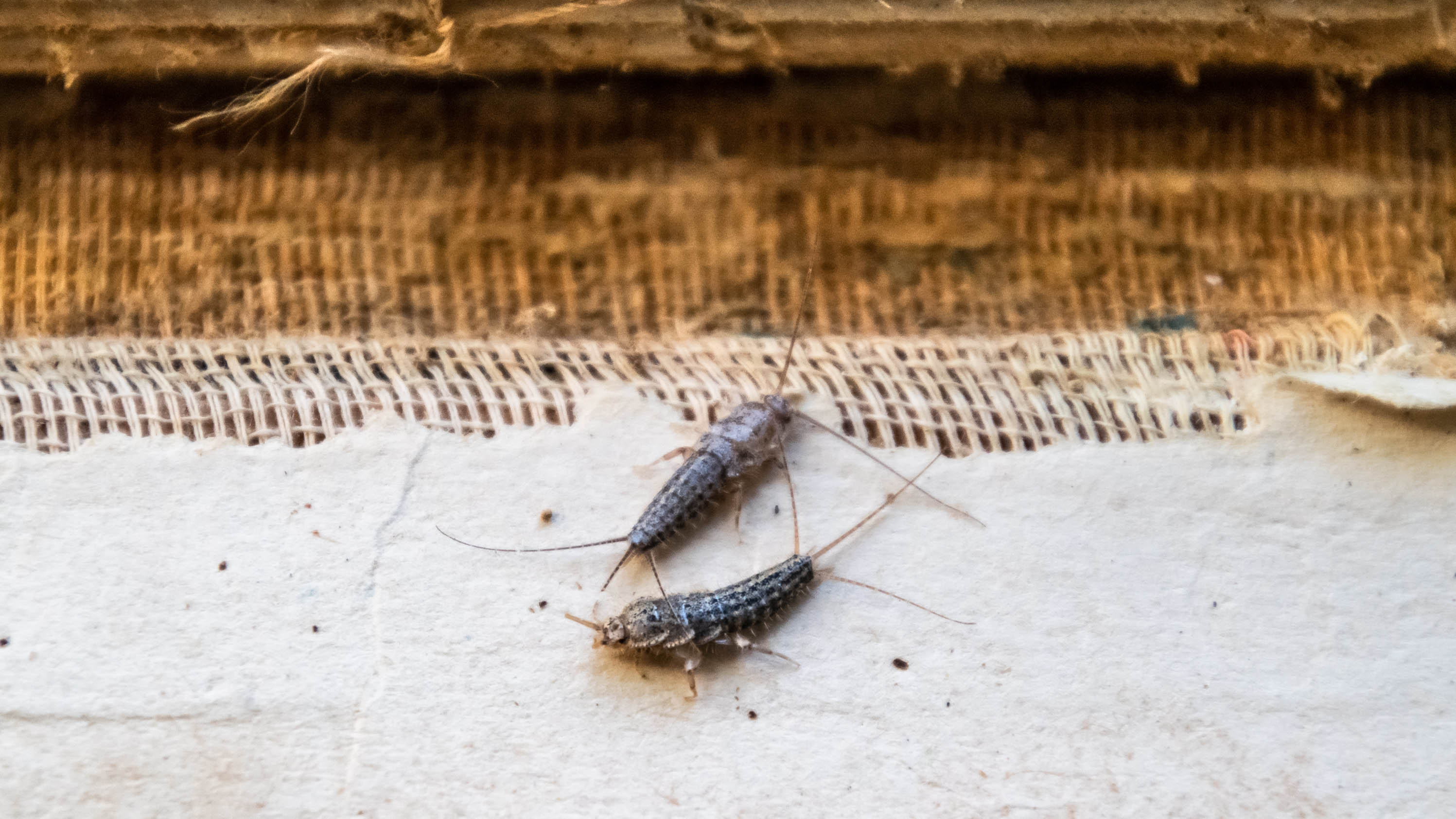
If you’re wondering what those tiny, fish-like bugs are wriggling around on your bathroom floors, you probably have silverfish. These brown/silver bugs move quickly, burrowing in places where there is moisture, damp and humid conditions. Unfortunately, this means that you're likely to find these near bathroom drains, damp basements or any other humid space.
What’s more, silverfish tend to hide in dark corners, or amongst clutter, where they can lay eggs and quickly multiply. This is why it’s so important to know how to get rid of silverfish fast. Even if you rarely see silverfish, tell-tale signs include yellow stains on clothing, especially synthetic fabric, small holes and droppings left on old paper or book pages.
Crevice Cleaning Brush 3-Pack: was $9 now $8 @ Amazon
Use this ultra-fine brush to tackle grout and limescale buildup in bathroom, and it also works a treat in hard-to-reach crevices around sinks and toilets.
5. Snakes
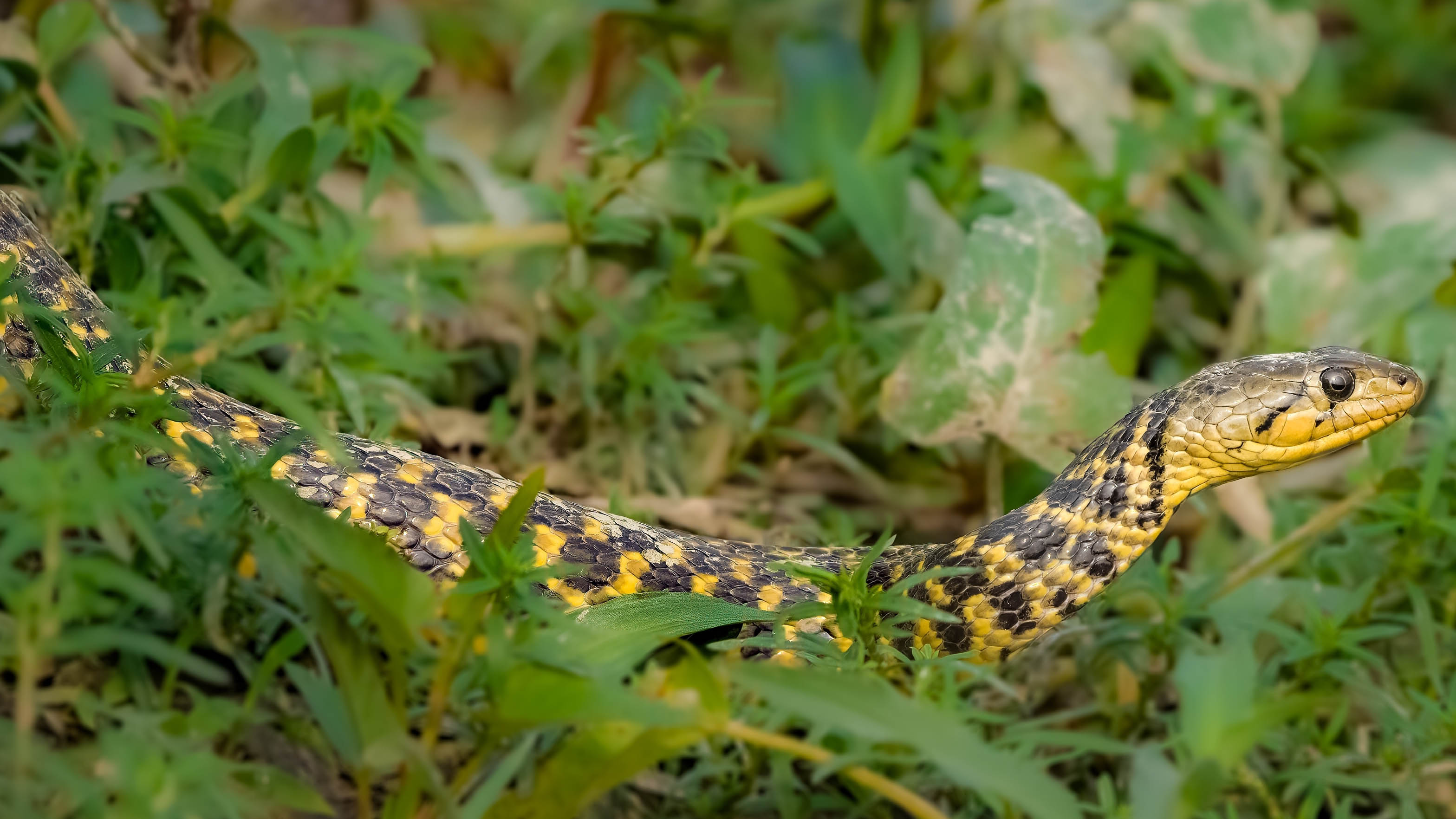
If you happen to live in a state or area that harbors certain snake species, you might want to take extra precautions. In fact, the more common yard variety snakes in the U.S. are Garter snakes and Watersnakes at up to 20 inches and 42 inches long. However, if you haven’t spotted any reptiles, these are the signs to look out for if there are snakes in your yard. Or you can banish them away with these plants that repel snakes and keep them away from your yard.
Experts advise to secure your piping systems to prevent snakes from coming up through your toilet drains. "Since snakes are capable of swimming upwards, holding their breath for long periods of time and squeezing through tight spaces like toilet drains, they sometimes break directly into bathrooms by way of toilets,” says Meg Pearson, Training Manager at Critter Control. “With this in mind, homeowners may want to consider a mesh or wire covering that blocks snakes from entering their home's piping system."
In any case, if you do suspect you have reptiles, always call a snake pest control company who can deal with the matter.
More from Tom's Guide

As the Homes Content Editor, Cynthia Lawrence covers all things homes, interior decorating, and garden-related. She has a wealth of editorial experience testing the latest, ‘must-have’ home appliances, writing buying guides and the handy ‘how to’ features.
Her work has been published in various titles including, T3, Top Ten Reviews, Ideal Home, Real Homes, Livingetc. and House Beautiful, amongst many.
With a rather unhealthy obsession for all things homes and interiors, she also has an interior design blog for style inspiration and savvy storage solutions (get rid of that clutter!). When she’s not testing cool products, she’ll be searching online for more decor ideas to spruce up her family home or looking for a great bargain!
